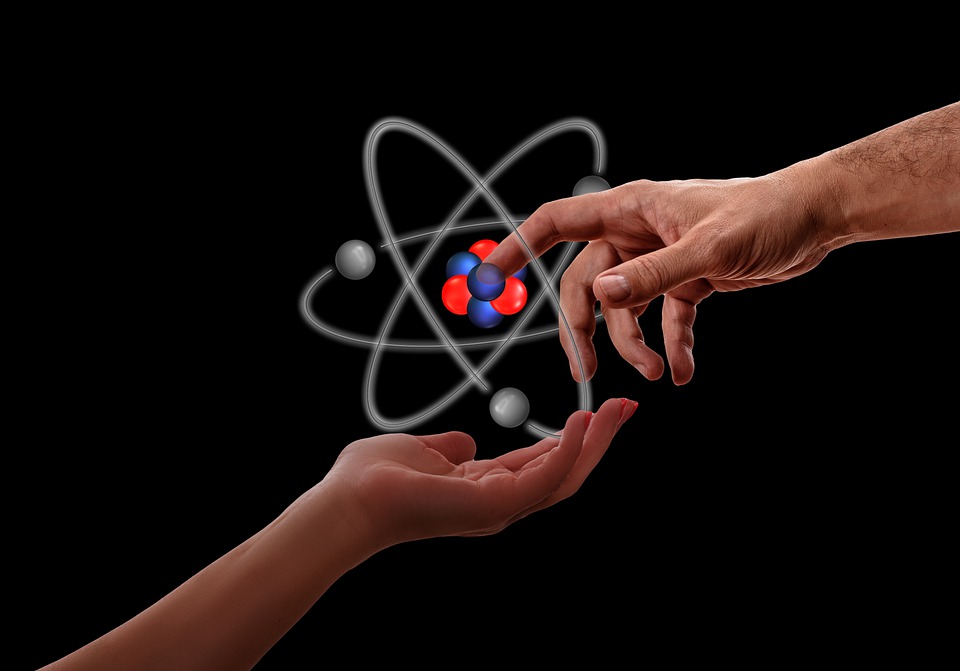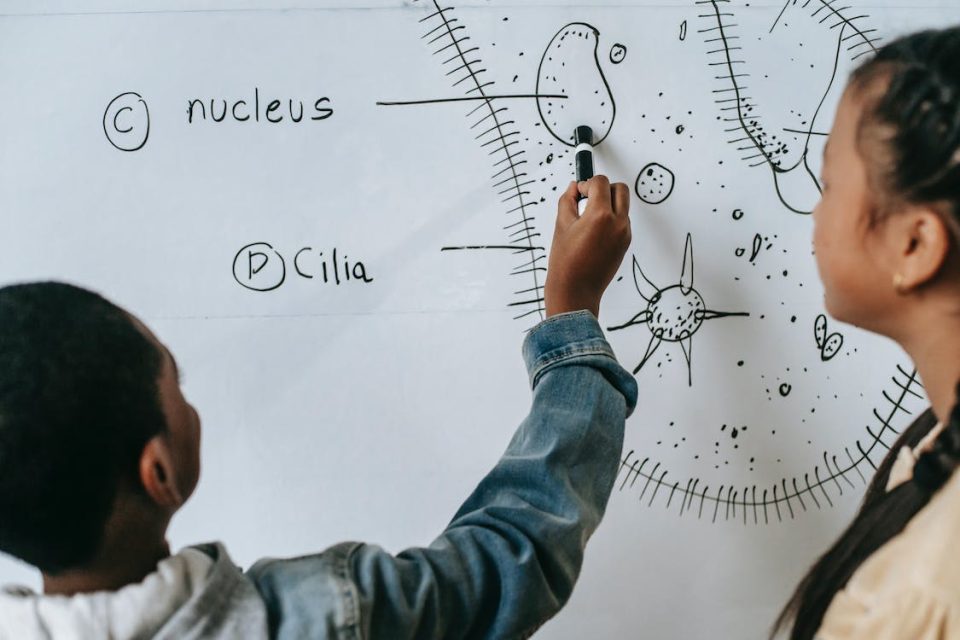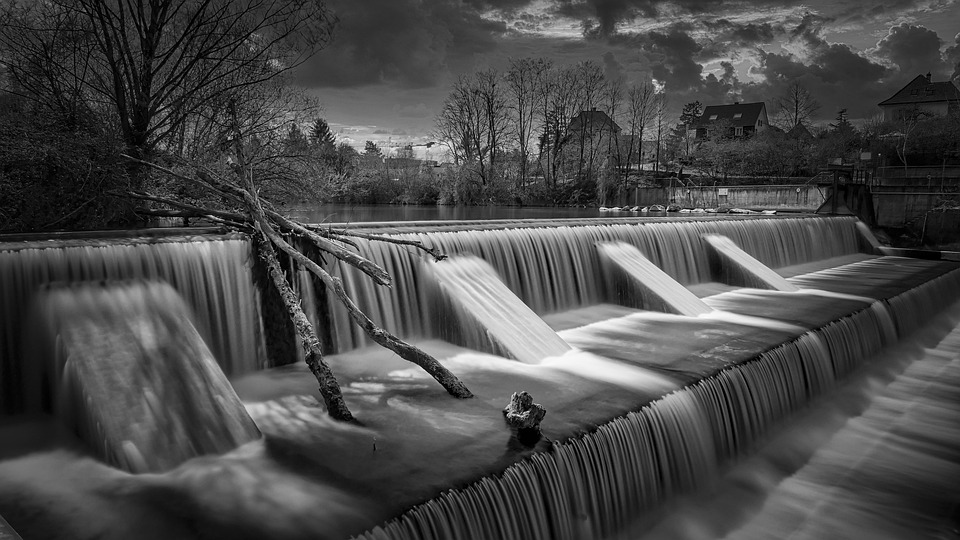
The construction of hydro power plants can have both positive and negative impacts on the local ecosystem. While hydro power is a renewable source of energy that produces zero carbon emissions during operation, the construction and operation of hydro power plants can have significant environmental impacts.
One of the most significant impacts of hydro power plant construction is the alteration of the natural flow of water in a river or stream. Hydro power plants typically require the construction of dams or other structures to control the flow of water, which can result in changes to the natural flow regime of the river or stream. This can impact aquatic habitats, altering water temperature, sediment levels, and water quality. For example, the construction of a dam may result in the formation of a reservoir, which can flood and destroy habitats that were previously dry land, leading to habitat loss for terrestrial species.
The alteration of the natural flow of water can also impact fish populations. Fish rely on a predictable flow of water for breeding and migration, and changes to water flow can prevent or disrupt these activities. Dams can also create barriers that prevent fish from reaching their natural habitats, which can reduce population sizes and lead to local extinctions. In some cases, hydro power plants may be required to include fish ladders or other structures to help fish navigate past dams, but these solutions are not always effective.
Another impact of hydro power plant construction is the disruption of terrestrial habitats. The construction of roads, transmission lines, and other infrastructure required for the plant can lead to deforestation and habitat fragmentation, which can impact local wildlife populations. In addition, the noise and vibration associated with the construction and operation of a hydro power plant can disrupt sensitive species, such as birds or amphibians, which may alter their behavior, habitat use, or reproductive success.
The construction and operation of hydro power plants can also have water quality impacts. Turbines used in hydro power plants can cause high levels of sediment erosion, which can lead to increased sedimentation downstream. Sedimentation can impact water clarity, alter the physical structure of aquatic habitats, and reduce the amount of light available for photosynthesis, which can have downstream impacts on aquatic plants and other organisms. In addition, the construction of dams can trap sediment and other pollutants, leading to the accumulation of toxins and heavy metals in the reservoir, which can impact water quality and have long-term consequences for aquatic ecosystems.
Hydro power plants also require large amounts of water for operation. In areas where water is scarce, the construction of a hydro power plant may exacerbate existing water scarcity issues. Additionally, the diversion of water from natural systems can have downstream impacts on the availability of water for other uses, such as agriculture or drinking water.
Despite these potential negative impacts, hydro power plants can also have positive impacts on the local ecosystem. For example, the creation of a reservoir can provide new aquatic habitats, which can support a range of aquatic species. The creation of new wetlands can also provide habitat for a range of species, including migratory birds and amphibians.
Hydro power plants can also help mitigate the impacts of climate change by reducing carbon emissions from the energy sector. By providing a renewable source of energy, hydro power can help reduce reliance on fossil fuels, which can have significant negative impacts on the environment and public health.
In conclusion, the construction of hydro power plants can have significant impacts on the local ecosystem. These impacts can be both positive and negative, and depend on a range of factors, including the design and location of the plant, the natural features of the surrounding environment, and the management practices employed during construction and operation. It is important for project developers, regulators, and other stakeholders to carefully consider these impacts and take steps to mitigate negative impacts and maximize the potential positive impacts of hydro power plant construction.







